This is the second post in our series on why SLPs target certain subjects. If you missed the first post on verbs, just click here -> Why are you working on… Verbs

Categorizing is the foundation so many skills that, to others, may not be related. Categorizing, the grouping of objects, words, or actions based on similar traits, is used in academic areas such as math, science, reading, ok pretty much it will come up everywhere. So what can you do if someone does not understand why you are having a student work on this foundational skill? Here are some things you can share to help them understand.
Categorizing is one of the building blocks in the Language Processing Hierarchy. This hierarchy I have found to be extremely helpful in determining starting points for interventions and therapy. The ability to categorize items is a precursory skill needed to for children to continue to understand and develop their language. At a young age, our brains begin to sort, organize and connect new information to previous experiences. So before children can tell their teacher which characters are in the story would most likely be classified as protagonists ( requiring the student to identify possible positive character traits for each character and then group all the characters with had similar traits ) they need to be able to understand the different, concrete ways students can group items.
Here is an exercise I like to do with people when they ask me why we are targeting categorizing is so important.
” Close your eyes and picture yourself at the grocery store. You turn to go down the pop aisle and see that they have rearranged everything! The Coke you want is not longer in its standard spot. What do you?” Give them a moment to think. ” Most likely you would scan the aisle for all the red cans, since you know that is main color of the Coke you want. Once you have spotted those, you might look for the red cans with white writing. If that didn’t get you directly to the Coke you are yearning for, you would look at the font on the cans until you found what you wanted. ” I go on to explain that each step requires the brain to identify what information is needed and then group all of the like items to help collect and narrow down the information until is has its answer.
This process takes seconds for a person without a language disorder since their brain is already set up to execute this task in the proper way. Our students need help to make this process become fluid. A study by LaTourette and Waxman 2018, showed that providing toddlers with just two labeled examples from a category was sufficient in initiating the process of object categorization and allowed them to add unlabeled items to their categories.
When teaching categories start with ones of relevance. If they are in a home setting maybe start with categorizing familiar foods, toys, clothing, cleaning supplies ( so they know what not touch ) etc. If they are in an academic setting I suggest things they will also be seeing in school. Groups like school supplies, food ( maybe focusing on what is served in their cafeteria ), types of games they will play in gym or at recess, etc. Then, expand from there. The Category Kit is a resource I created to help target this skill by building the vocabulary knowledge that kids lack in each group. It can be a good starting point.
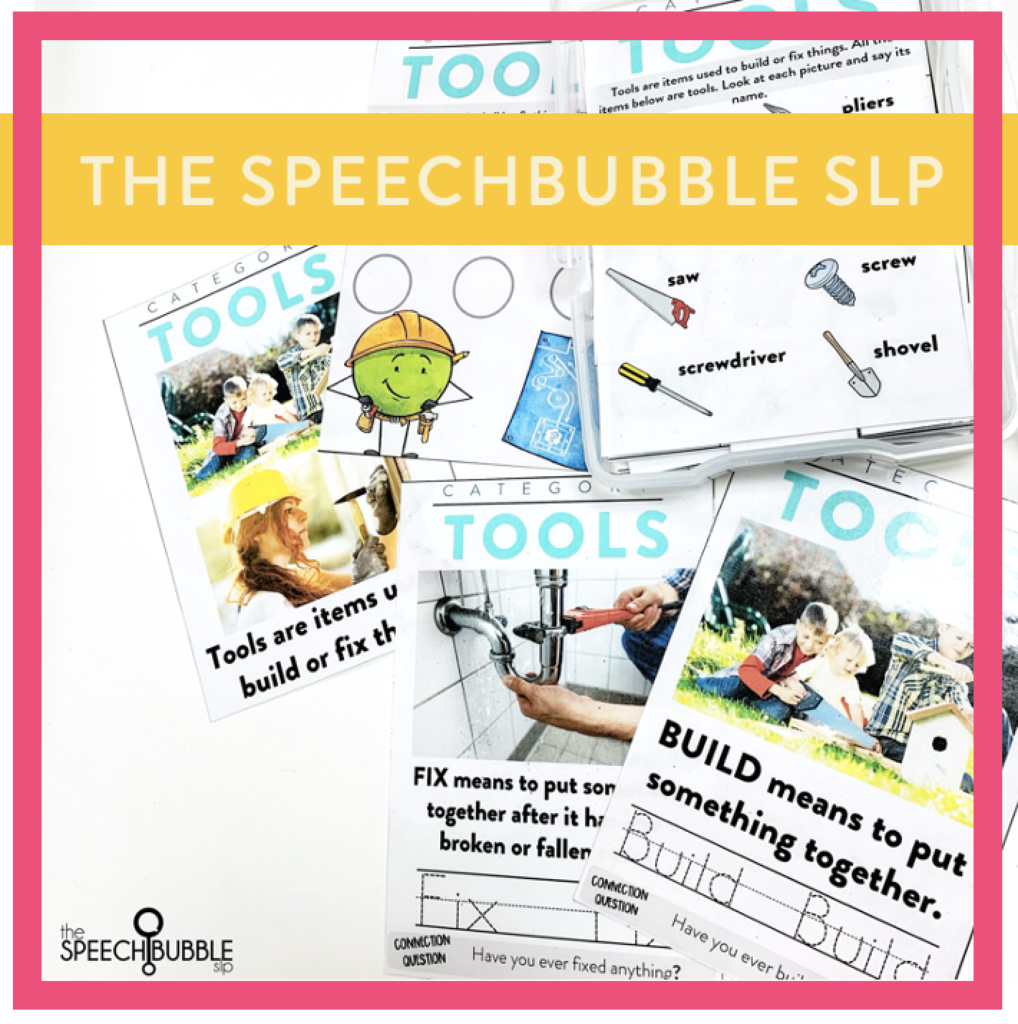
BUT THEY STILL AREN’T GETTING IT...
Now let’s say you have been working on categorizing for awhile. They can take the red items on the table and put them together in a group. You can ask what for three things that take you places and they consistently answer with car, plane, and train. You’re seeing this skill develop but it hasn’t gotten past there. You ask for them to tell you three kids of flowers, or three sports teams, etc and you are met with the classic deer in the head lights look. They can show you they get how to group items so then why can’t they answer these questions?
THEY DON’T HAVE THE VOCABULARY FOR THE CATEGORY
That’s right. A child can understand how to group similar items but if they don’t know what those items are called it won’t do them much good. Many of our students have not had the opportunities or exposures too many of the things we are asking them to talk about. They are reciting back the vocabulary we provided and taught and haven’t moved beyond it because they don’t have the inventory to pull from. Now comes the question, how to do we work on categorizing and vocabulary at the same time?
I have found that focusing on a category or two a week ( depending on how often you see your students ) can be very helpful. You can explore the category, items within it, and even associated words. This is built in with my Category Kit that I mentioned previously. You can also have kids hunt for images in magazines and make collages, find related You Tube videos, grab therapy materials to use, and more. I will frequently send home the Category Kit box ( or assign the Boom Card version ) for extra practice. They don’t need to know every possible word that can fit into each group but they do need the opportunity to learn as many as possible.
Here is a FREEBIE that you can download and test out to see what an impact integrating vocabulary can have.

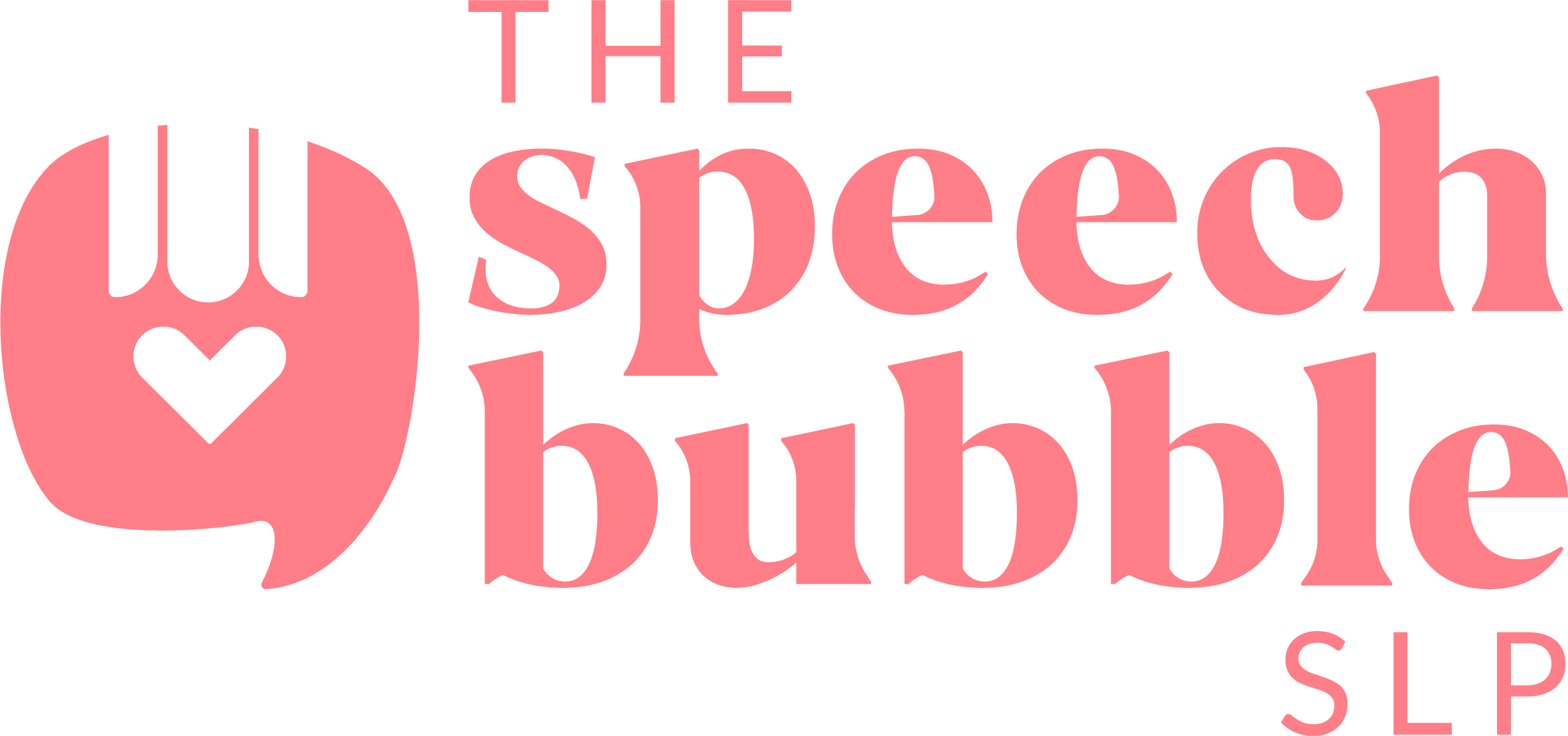
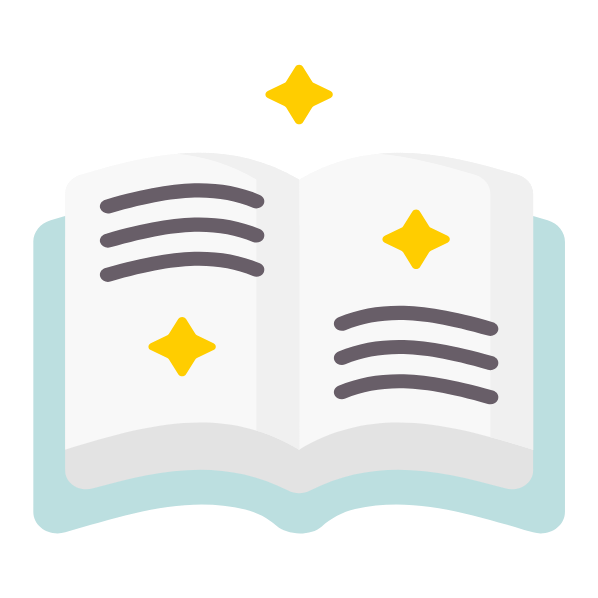

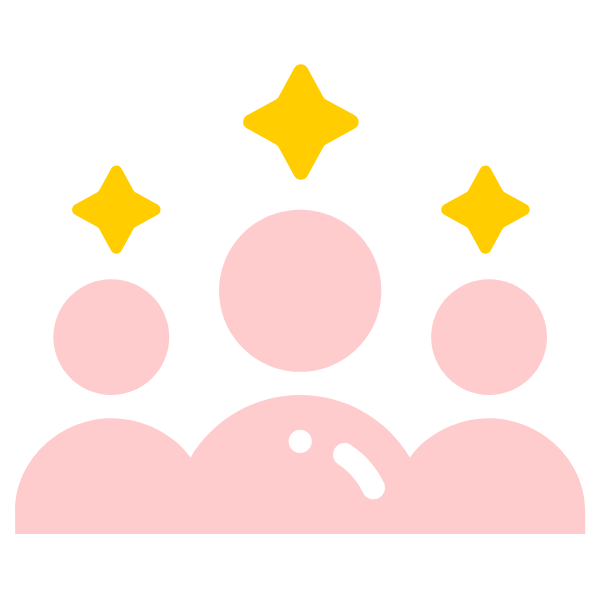
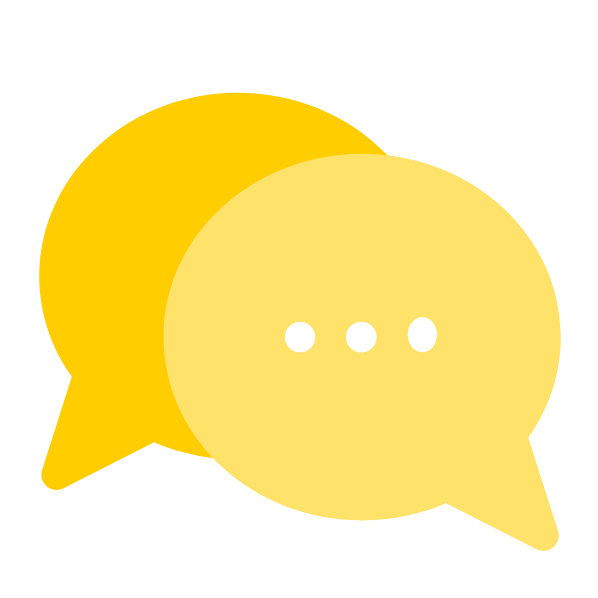

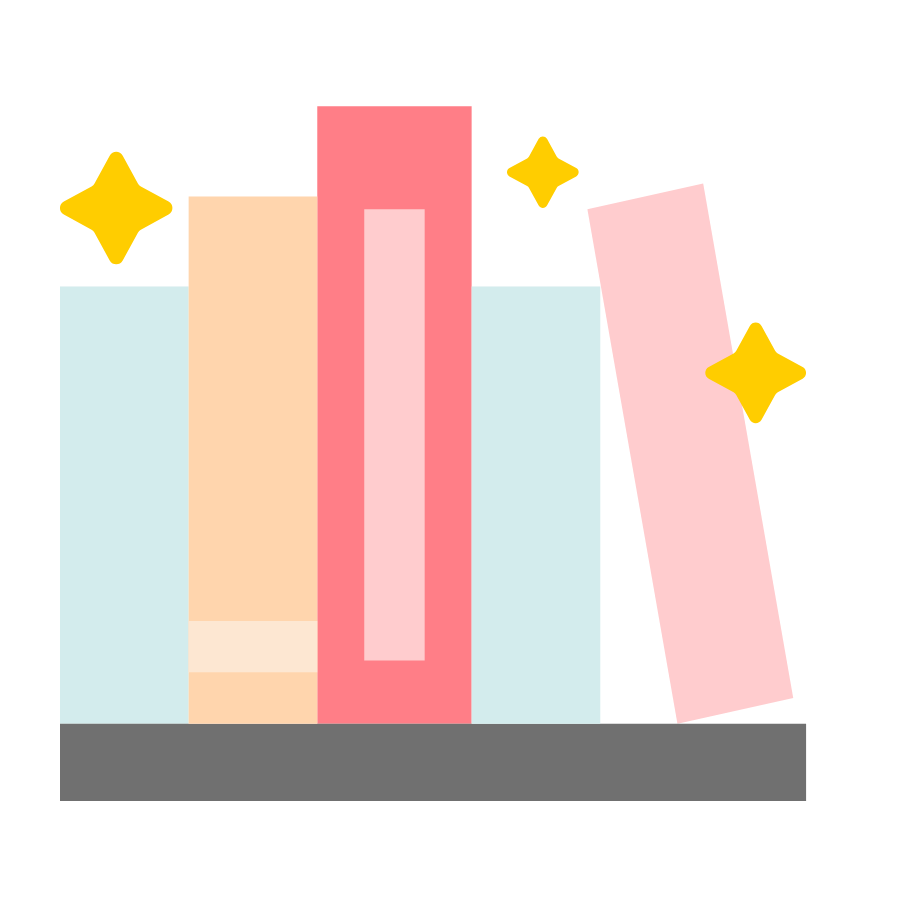

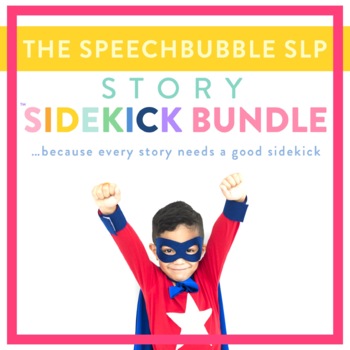
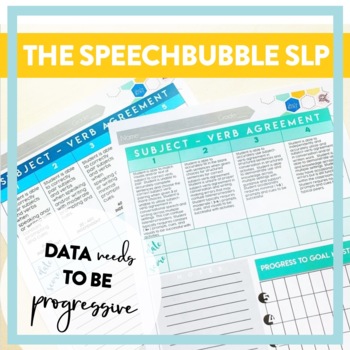
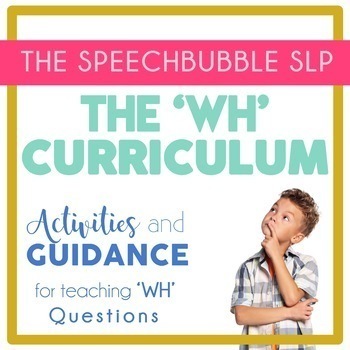


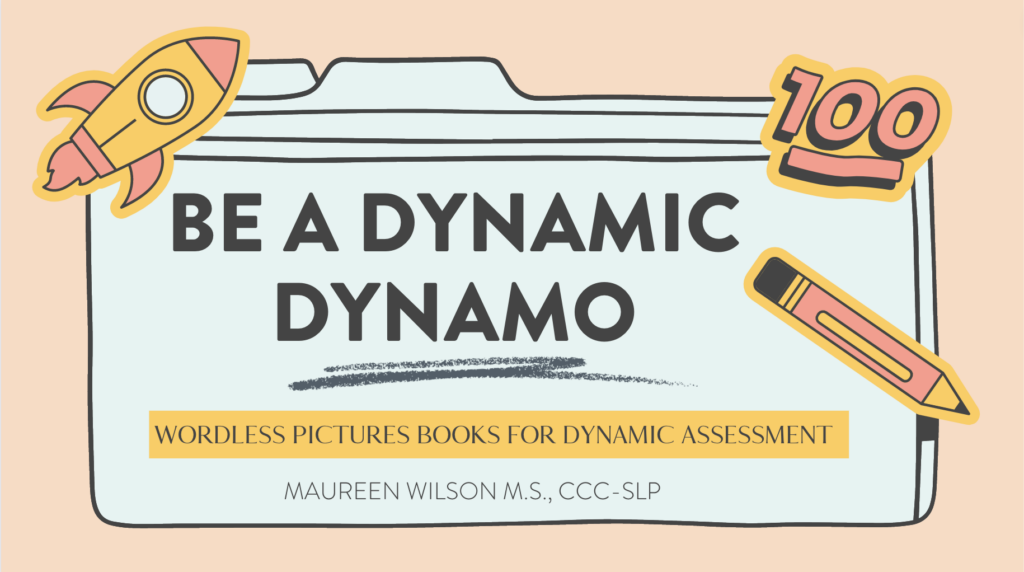
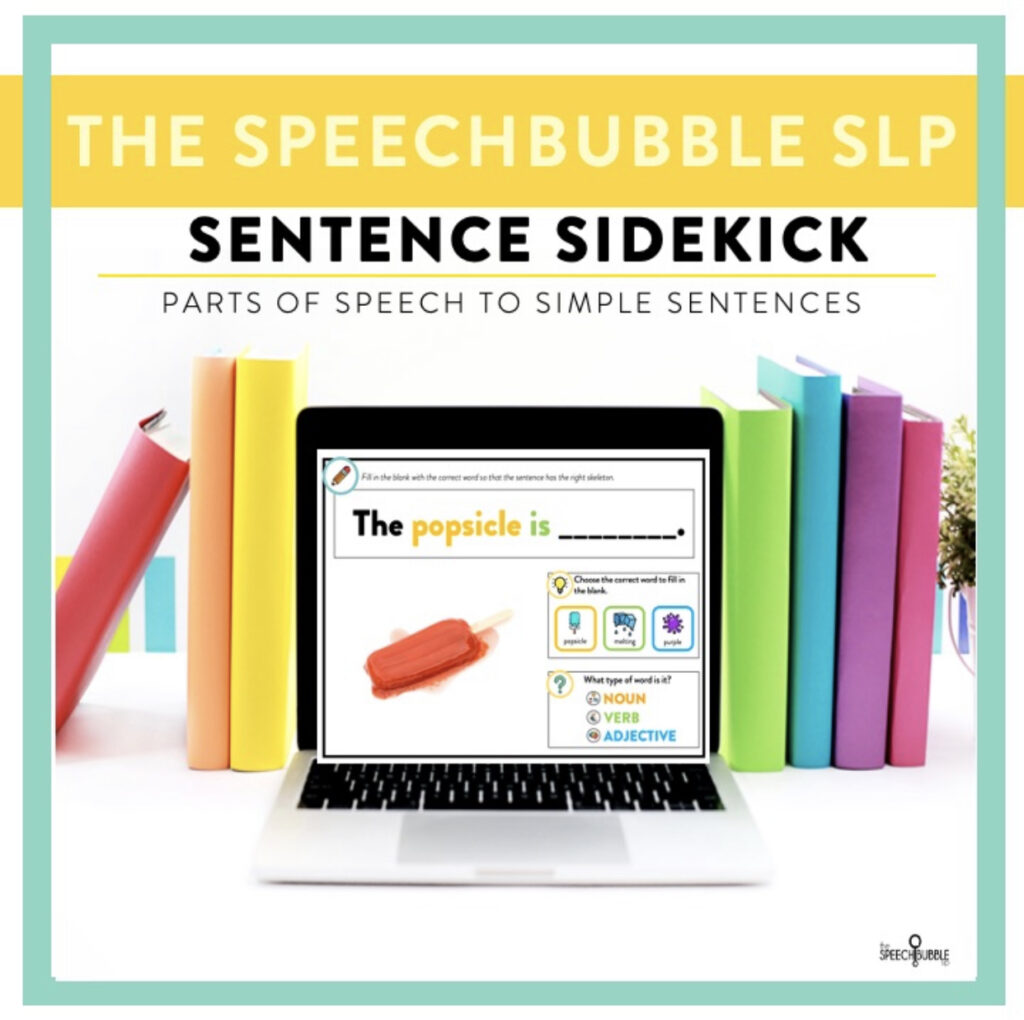
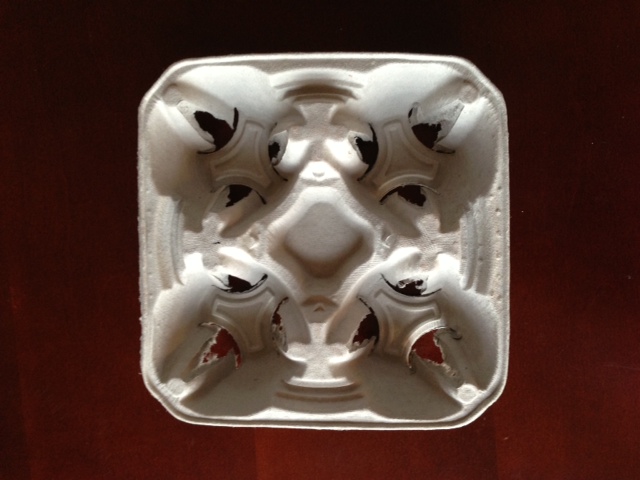
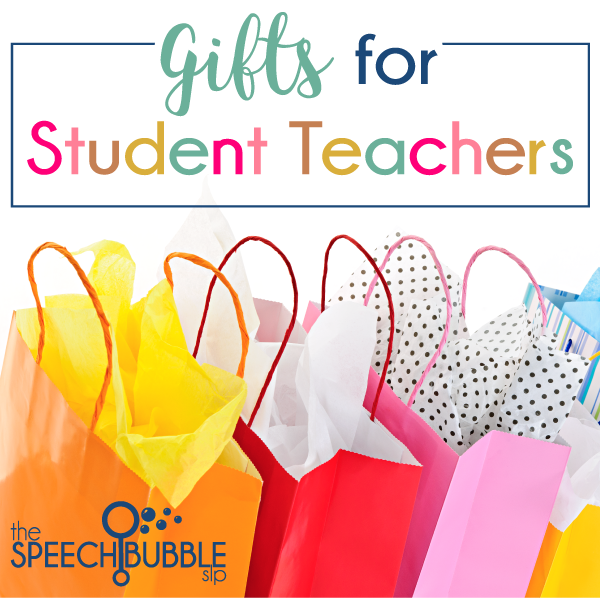
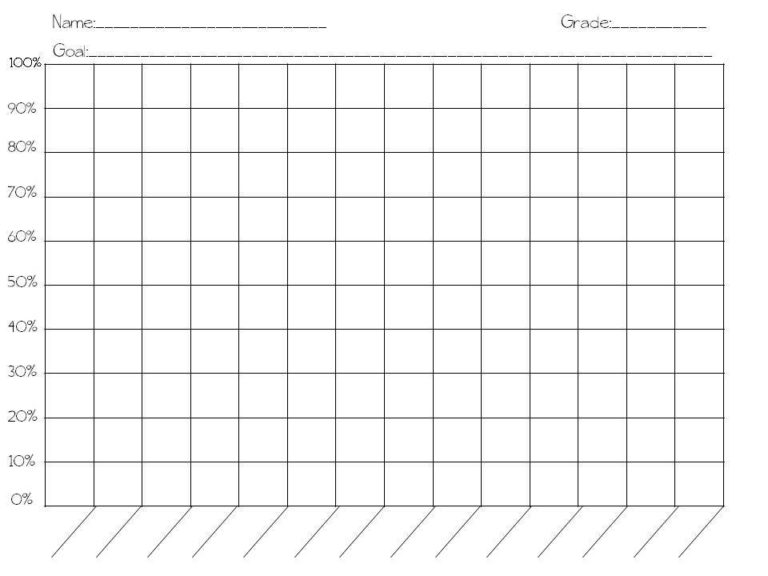

2 Responses
Love, love, love the language processing hierarchy. It has been so helpful for me as well when choosing targets and sequencing therapy. The grocery store question is a great illustration!
Thank you 🙂